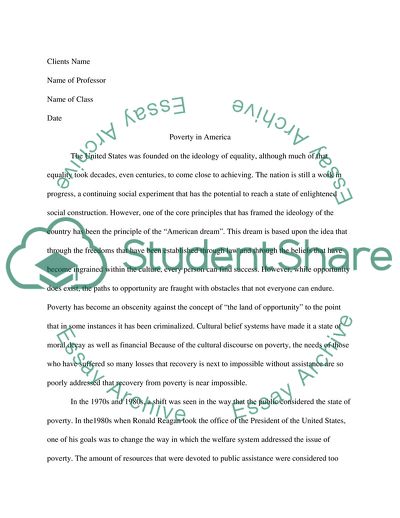Cite this document
(Poverty and Inequality in America Report Example | Topics and Well Written Essays - 1750 words - 1, n.d.)
Poverty and Inequality in America Report Example | Topics and Well Written Essays - 1750 words - 1. https://studentshare.org/sociology/1751757-poverty
Poverty and Inequality in America Report Example | Topics and Well Written Essays - 1750 words - 1. https://studentshare.org/sociology/1751757-poverty
(Poverty and Inequality in America Report Example | Topics and Well Written Essays - 1750 Words - 1)
Poverty and Inequality in America Report Example | Topics and Well Written Essays - 1750 Words - 1. https://studentshare.org/sociology/1751757-poverty.
Poverty and Inequality in America Report Example | Topics and Well Written Essays - 1750 Words - 1. https://studentshare.org/sociology/1751757-poverty.
“Poverty and Inequality in America Report Example | Topics and Well Written Essays - 1750 Words - 1”. https://studentshare.org/sociology/1751757-poverty.


